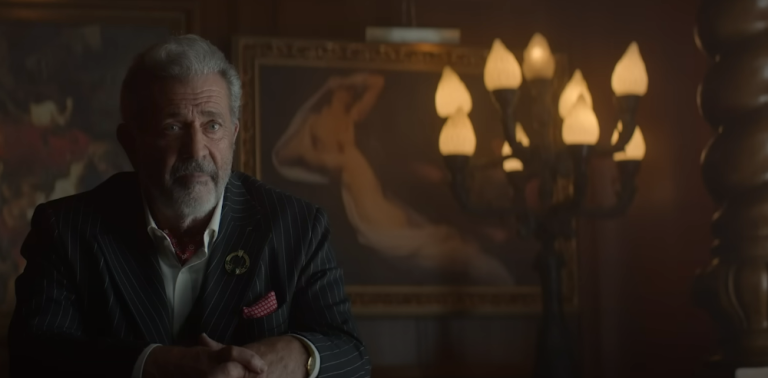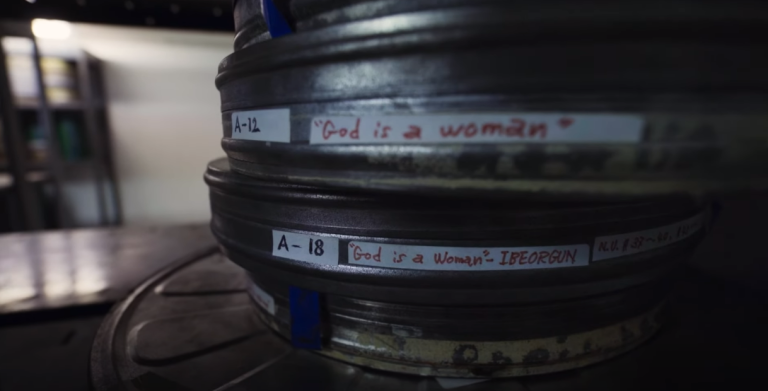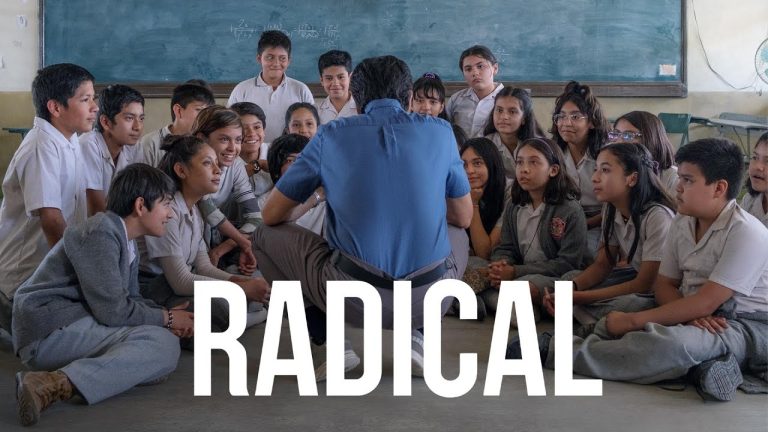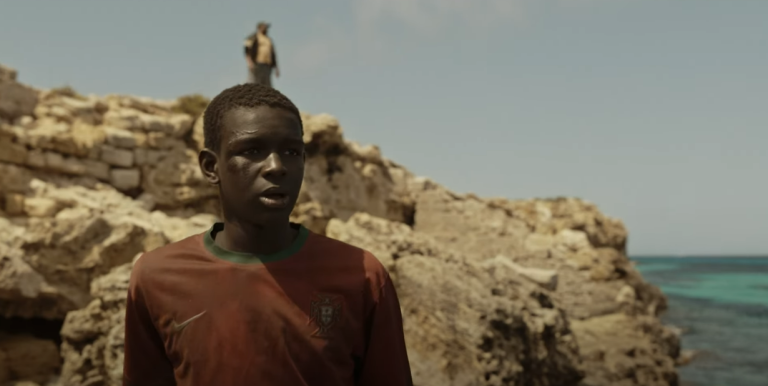
“The Promised Land” is like watching several movies at once. It’s a mix of history, adventure, romance, and drama, following a determined central character on an impossible mission. With outlaws, cruel nobles, and ordinary people, it’s a rollercoaster of emotions. While the ending might be predictable, the journey is still full of surprises. The film’s slow pace lets us really get to know the characters and feel their emotions. Overall, it’s impressive how well “The Promised Land” pulls everything together.
Directed by Nikolaj Arcel, “The Promised Land” is set in 18th century Denmark during agricultural reforms. Mads Mikkelsen stars as Ludvig Kahlen, a former nobody turned Army Lieutenant. He dreams of developing untamed land on the Jutland heath, despite opposition from the rich and the royal court. The King grants Ludvig permission to settle the land, promising him a noble title if he succeeds, which Ludvig desperately desires.

On the tough heath soil, Ludvig struggles to dig. A supportive young pastor offers him help in the form of two runaway tenant farmers, Joannes and Ann Barbara. Ludvig hesitantly accepts, knowing people will be searching for them. Nearby nobleman Frederik de Schinkel wants to force Ludvig off the land, revealing himself as a cruel adversary. Ludvig also faces challenges from outlaws in the forest and a stubborn runaway child who refuses to leave his doorstep.
“The Promised Land” is inspired by real events and based on Ida Jessen’s novel. Despite fictionalization, it maintains narrative control. Mads Mikkelsen’s performance as Ludvig is remarkable, portraying hidden depths beneath his haughty exterior. Amanda Collin shines as Ann Barbara, undergoing significant character development. The film delves into Ludvig’s pain and desires, hinting at his emotional complexity through subtle expressions.

Rasmus Videbæk’s cinematography beautifully captures the landscape’s various moods, from foggy to sunny to eerie forests. The interior of De Schinkel’s estate, lit by hundreds of candles, resembles the stunning visuals of Kubrick’s “Barry Lyndon”. The costumes by Kicki Ilander and production design by Jette Lehmann feel authentic and lived-in.
While “The Promised Land” features intense conflict, Frederik’s villainy can feel over-the-top. The repetitive nature of the escalating fight detracts from the overall engagement. However, the film excels in character development, particularly with Ludvig and his makeshift family. Their authenticity keeps viewers invested. The film’s success lies in its attention to detail, making even small moments like a seedling sprouting feel miraculous.

| Aspect | Summary |
|---|---|
| Genre | Historical drama, adventure, romance, and drama |
| Setting | 18th century Denmark during agricultural reforms on the Jutland heath |
| Main Characters | Ludvig Kahlen (Mads Mikkelsen), Ann Barbara (Amanda Collin), Joannes, Frederik de Schinkel |
| Plot | Ludvig, a former nobody turned Army Lieutenant, dreams of settling untamed land despite opposition |
| Themes | Persistence, class struggles, resilience, the pursuit of dreams |
| Cinematography | Rasmus Videbæk captures the landscape’s various moods with stunning visuals |
| Production Design | Authentic costumes by Kicki Ilander and lived-in production design by Jette Lehmann |
| Character Development | Ludvig’s complexity and emotional depth portrayed by Mads Mikkelsen, significant growth in Ann Barbara’s character |
| Villain | Frederik de Schinkel’s villainy can feel over-the-top, bordering on cartoonish |
| Overall Impression | “The Promised Land” balances various genres well, excels in character development, and pays attention to detail |






